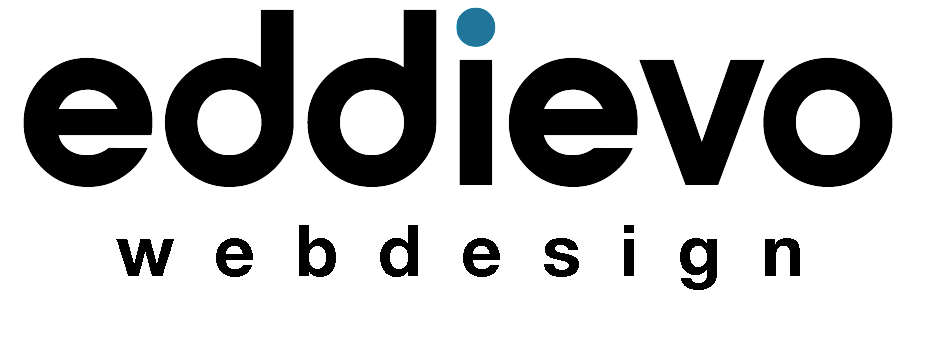How Web Development Can Impact Your E-commerce Sales
In the competitive world of online retail, web development impact is more crucial than ever in determining the success of your e-commerce business. As we navigate through 2024, cutting-edge web development trends and technologies can make a significant difference in driving sales and enhancing customer experiences. From seamless user interfaces to advanced technologies, let’s explore how modern web development can transform your e-commerce sales and propel your business forward.

1. Embrace Progressive Web Apps (PWAs)
Progressive Web Apps (PWAs) are revolutionizing e-commerce by combining the best of web and mobile applications. PWAs offer fast loading times, offline capabilities, and push notifications, creating a more engaging and reliable shopping experience. By adopting PWAs, you ensure that your site performs optimally on both desktop and mobile devices, enhancing user retention and conversion rates. Tools like Lighthouse and PWA Builder can help you develop and optimize your PWA, ensuring a seamless shopping experience across all platforms.
Key Trend: PWAs enhance user engagement and retention by providing a smooth, app-like experience with offline capabilities and fast load times.
2. Implement AI-Driven Personalization
Artificial Intelligence (AI) is at the forefront of web development trends, offering powerful tools for personalizing user experiences. AI-driven personalization can analyze customer behavior, preferences, and purchasing history to deliver tailored product recommendations, personalized marketing messages, and dynamic pricing. Platforms like Shopify and Magento are integrating AI features that allow you to customize user interactions and optimize the shopping experience, ultimately boosting conversion rates and customer satisfaction.
Key Trend: AI-driven personalization provides a more tailored shopping experience, increasing engagement and driving higher sales through customized recommendations and targeted marketing.
3. Optimize for Voice Search and Conversational Commerce
With the rise of voice-activated devices, voice search and conversational commerce are transforming how customers interact with e-commerce sites. Integrating voice search capabilities and chatbots into your website can improve user experience by allowing customers to search for products and complete transactions using voice commands. Tools like Google Cloud Speech-to-Text and Drift offer advanced voice search and chatbot functionalities, making it easier for users to find products and get real-time support.
Key Trend: Voice search and conversational commerce are becoming essential for enhancing user interaction and providing a more intuitive shopping experience.
4. Leverage Augmented Reality (AR) for Product Visualization
Augmented Reality (AR) is making waves in e-commerce by allowing customers to visualize products in their real-world environments. AR technology can be particularly effective for categories like home decor, fashion, and beauty, where seeing a product in context can influence purchasing decisions. Integrating AR features through platforms like ARKit and Shopify AR can enhance product visualization, reduce return rates, and drive higher conversion rates by giving customers a better sense of what they’re buying.
Key Trend: AR technology enhances product visualization and customer confidence, leading to increased sales and reduced return rates by allowing users to see products in their own space.
5. Focus on Speed and Performance Optimization
Website speed and performance are critical factors influencing e-commerce sales. A slow-loading site can lead to high bounce rates and lost sales opportunities. Implementing performance optimization techniques, such as image compression, lazy loading, and caching, can significantly improve site speed. Tools like GTmetrix and Google PageSpeed Insights can help analyze and optimize your site’s performance, ensuring a fast and smooth user experience that keeps customers engaged and ready to purchase.
Key Trend: Speed and performance optimization are essential for reducing bounce rates and enhancing user experience, directly impacting your e-commerce sales and conversion rates.
6. Integrate Seamless Payment Gateways
Seamless payment integration is crucial for reducing friction during the checkout process and improving conversion rates. Offering multiple payment options, including credit cards, digital wallets, and buy-now-pay-later services, caters to diverse customer preferences and enhances the overall shopping experience. Platforms like Stripe and PayPal offer easy integration and support a variety of payment methods, making it easier for customers to complete transactions and increasing the likelihood of repeat purchases.
Key Trend: Seamless payment gateways enhance the checkout process by offering diverse payment options and reducing barriers to completing purchases.
7. Utilize Data-Driven Insights for Continuous Improvement
Leveraging data-driven insights is key to understanding customer behavior and optimizing your e-commerce strategy. Web development tools that integrate with analytics platforms like Google Analytics and Hotjar provide valuable data on user interactions, conversion rates, and site performance. By analyzing this data, you can identify trends, spot areas for improvement, and make informed decisions to enhance your website’s functionality and drive higher sales.
Key Trend: Data-driven insights enable continuous improvement by providing actionable information on user behavior and site performance, leading to more effective e-commerce strategies.
8. Enhance User Experience with Minimalist Design
A minimalist design approach can significantly impact e-commerce sales by creating a clean, user-friendly interface that enhances navigation and usability. Simplifying your site’s layout, reducing visual clutter, and focusing on essential elements can improve the overall user experience and make it easier for customers to find and purchase products. Themes and frameworks like Elementor and Astra offer minimalist design options that can be customized to align with your brand and optimize user engagement.
Key Trend: Minimalist design improves user experience by streamlining site navigation and focusing on key elements, leading to higher engagement and conversion rates.
9. Invest in Responsive and Adaptive Design
Ensuring that your website is responsive and adaptive to different devices and screen sizes is critical for providing a consistent user experience. With mobile commerce on the rise, a responsive design ensures that your site functions smoothly on smartphones, tablets, and desktops. Tools like Bootstrap and Foundation offer frameworks for building responsive and adaptive websites, helping you cater to a wide range of devices and improving accessibility for all users.
Key Trend: Responsive and adaptive design is essential for providing a seamless user experience across devices, enhancing accessibility and driving higher engagement and sales.
10. Implement Advanced Security Measures
Security is a major concern for e-commerce sites, and implementing advanced security measures is crucial for protecting customer data and preventing fraud. Features such as SSL certificates, secure payment processing, and regular security audits can help safeguard your site against cyber threats. Tools like Wordfence and Sucuri provide comprehensive security solutions, ensuring that your e-commerce platform remains secure and trustworthy for users.
Key Trend: Advanced security measures are essential for protecting customer data, maintaining trust, and ensuring a secure shopping environment.
Transform Your E-commerce Experience
As we advance into 2024, the impact of web development on your e-commerce sales is profound and multifaceted. By embracing the latest trends and technologies, from PWAs and AI-driven personalization to AR and performance optimization, you can create a compelling and effective online shopping experience. Dive into these strategies, leverage innovative tools, and watch your e-commerce business thrive in the digital marketplace. Ready to elevate your e-commerce game? The future of web development is here—make it work for you!

